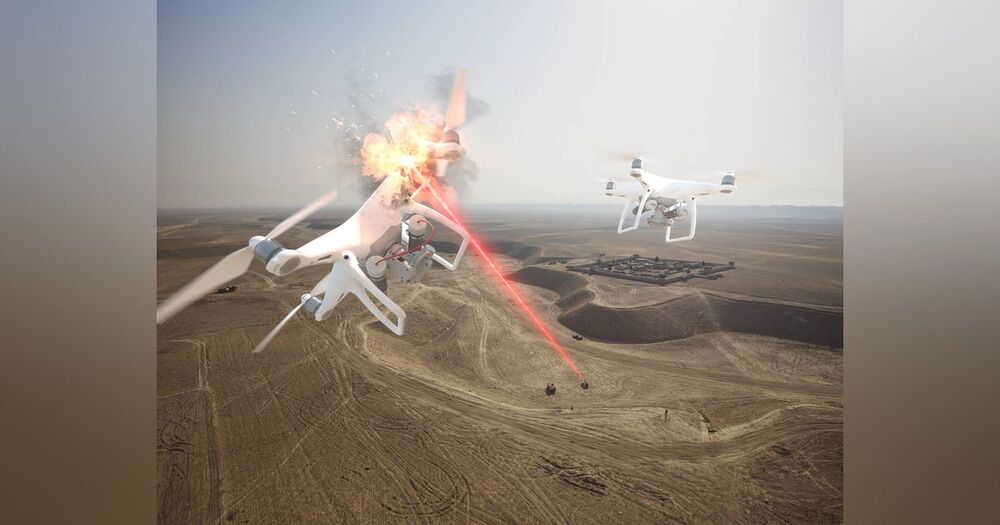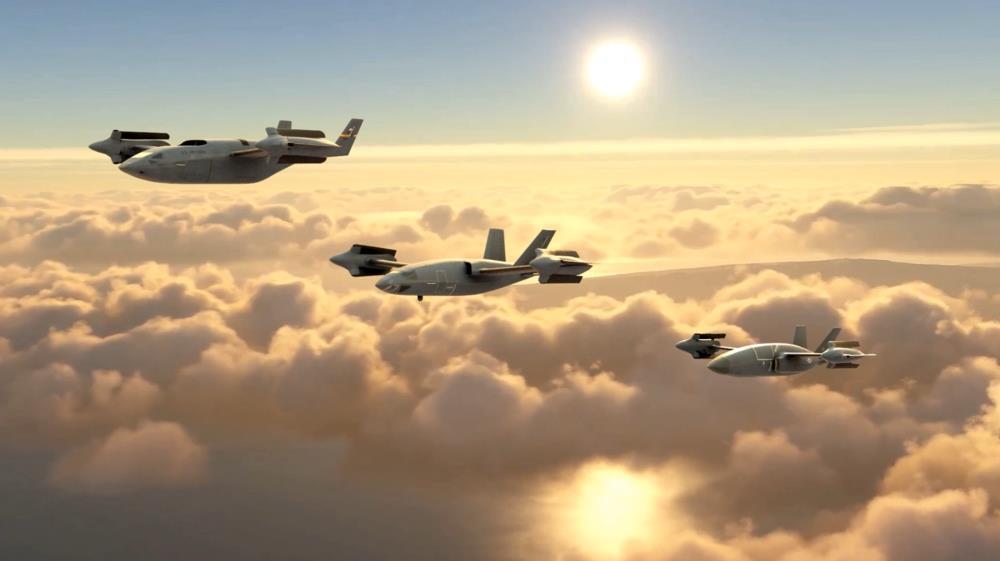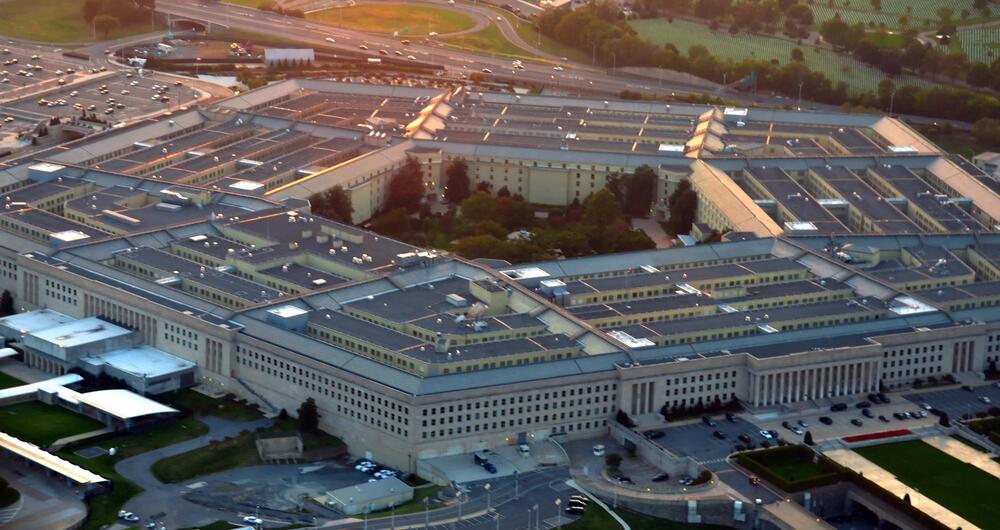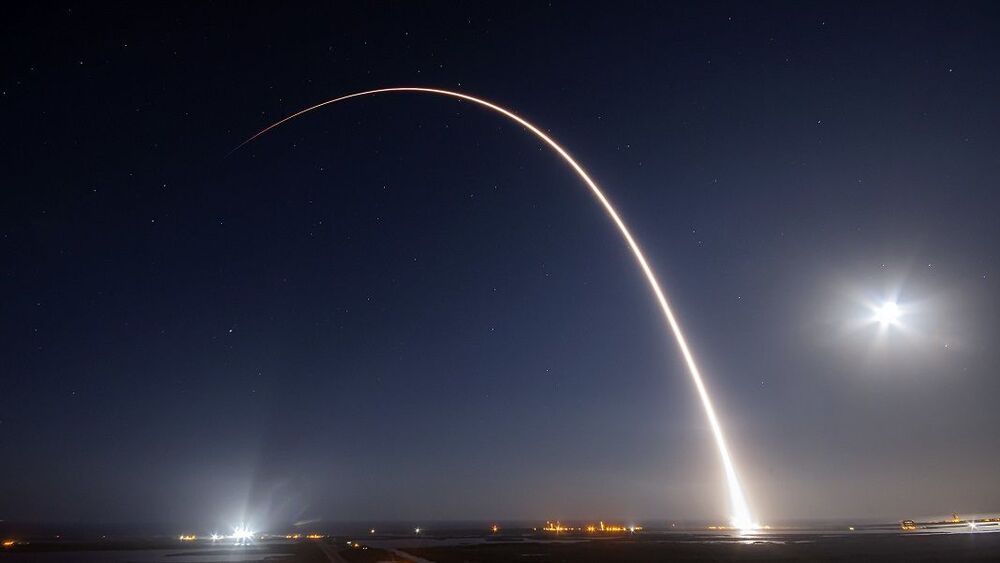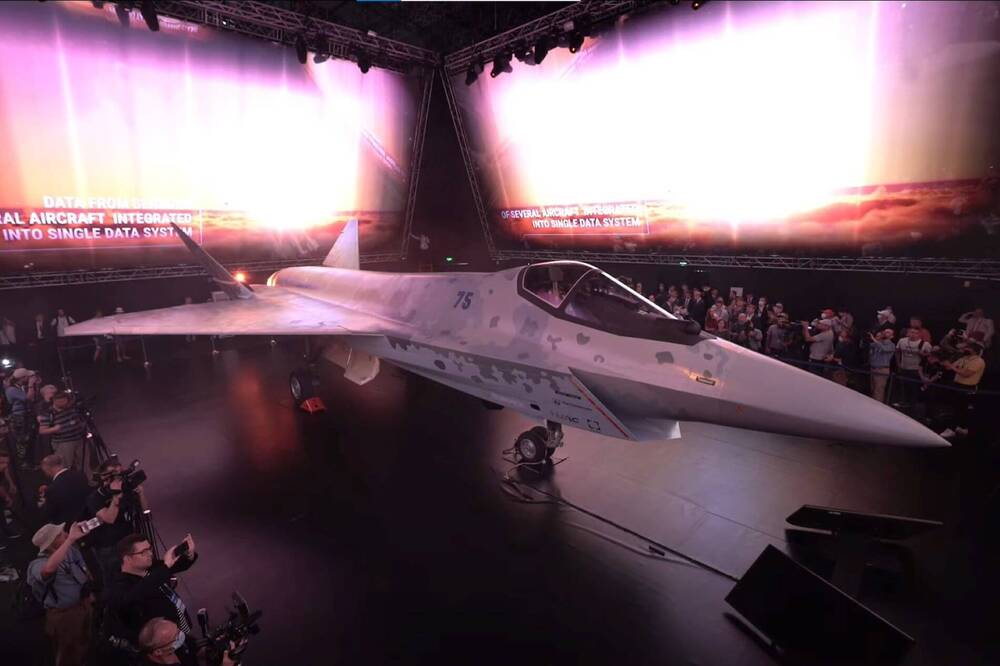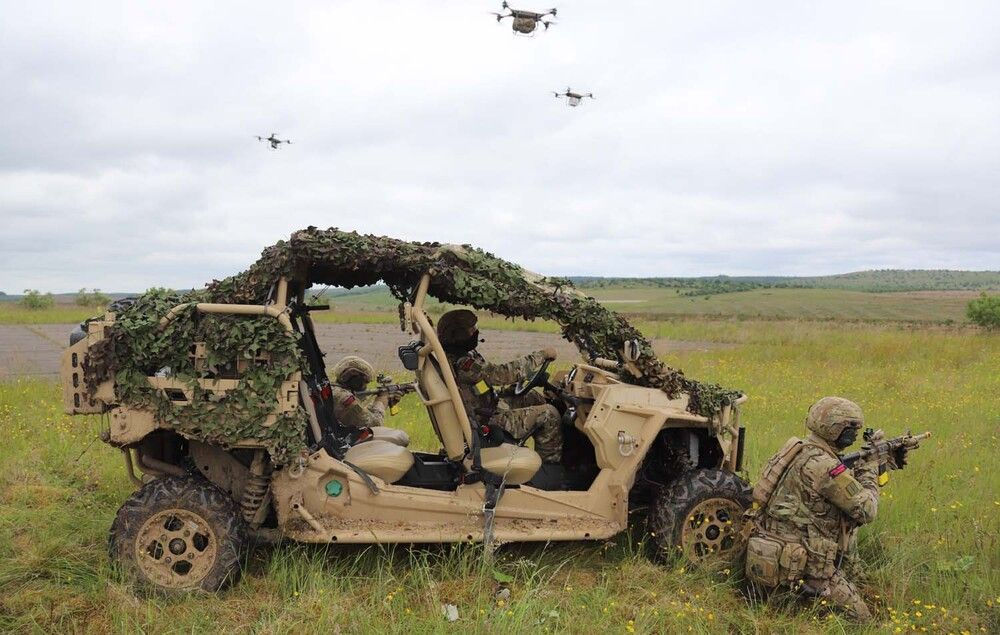High-energy #lasers are moving quickly from prototype to deployment for the #USArmy and #USNavy. We’ve helped make that happen.
A brief history of high-energy lasers.
The U.S. military has had electromagnetic spectrum weapons in mind since the 1960s. Throughout the 1980s, industry and military laid the groundwork for figuring out how to reach practical power levels, beam control and adaptive optics. The Department of Defense officially recognized lasers as a plausible future weapon in 1999, marking the beginning of formal research and development.
%{[ data-embed-type= image data-embed-id=6105d4fd38fdfbe3338b45e7 data-embed-element= span data-embed-size=320w data-embed-align= left data-embed-alt= Raytheon has installed the prototype High Energy Laser Weapon System (HELWS) aboard a Polaris MRZR all-terrain vehicle to defend military forces from enemy unmanned aircraft. data-embed-src= https://img.militaryaerospace.com/files/base/ebm/mae/image/2…max&w=1440 data-embed-caption= Raytheon has installed the prototype High Energy Laser Weapon System (HELWS) aboard a Polaris MRZR all-terrain vehicle to defend military forces from enemy unmanned aircraft. ]}%However, researchers did demonstrate limited-use lasers earlier than that, with the U.S. Defense Advanced Research Projects Agency (DARPA) firing a 100-kilowatt laser in 1968 and the Navy-ARPA Chemical Laser producing 250 kilowatts in 1975.
